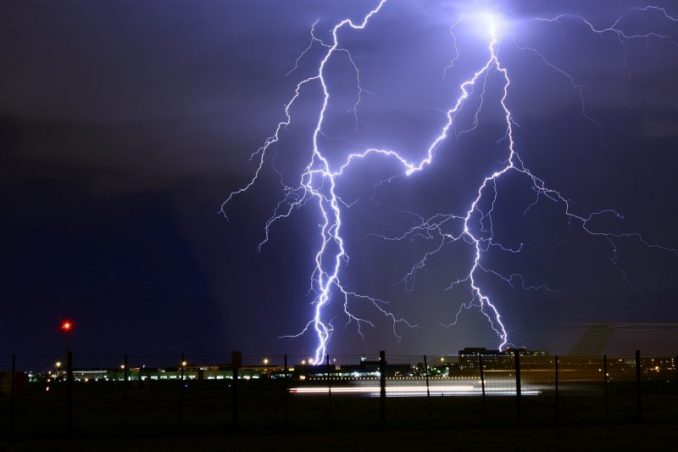What does surge protection mean to your project? If you have yet to consider it, you may want to start.
Every month at Efficient Lighting Systems – Technical Engineers Paul Smart and Hanh Vuong run informational training sessions on various important topics that help us continue to improve our good business practices and standards. We decided to dedicate this months’ training session to all things surge protection. This month we were joined by a special guest – Alistair Robertson from Oak Electronics. Alistair brings with him his extensive knowledge in lighting electronics as well as a growing ongoing passion for surge protection and its misconception in the led lighting industry.
It seemed like a revolution when LED’s took over the lighting industry, however with LED’s came a whole new kettle of fish… surge issues. When the LED first entered the outdoor market, it took a period of time to recognise the need for surge protection devices.
You may be wondering what is surge protection and why do we need it? In the world of technology, electronics are extremely susceptible to high degrees of power surges. A great example of a high degree power surge is a lightning strike. The outdoor environment is far more prone to surge events than interior therefore it is becoming increasingly valuable to ensure that all exterior lighting products have a surge protection device (SPD). Even though power surges are so brief that they are measured in nanoseconds, they can cause considerable damage to equipment that may be connected to mains power. A surge protector works by either dissipating the energy and/or channelling the extra energy into the outlet’s grounding wire, thus preventing it from flowing through the electronic device or appliance while at the same time allowing the normal voltage to continue along its path.
Most surge protectors operate with the help of a Metal Oxide Varistor, or MOV. Inside a surge protecting power strip or adapter, the MOV is the link between the surge protector’s active and its neutral wire. The MOV has a variable electrical resistance, which means it can make adjustments to incoming voltage that is either too low or too high. When it’s too high, as in an electrical surge, the MOV dissipates the electrical energy as heat safely, where it can dissipate safely. The safe level of voltage continues to flow through, ensuring uninterrupted use of your electronics and appliances. The Gas Discharge Tube or GDT is a slow-acting device that dissipates and diverts the surge current to earth thereby releasing the attendant energy and removing ‘stress’ from the MOV; thus, increasing the life of the Surge Protection System over one which only contains a MOV.
The fitment of a SPD is dependent on the luminaire type. Current standards have the SPD located in the top of the light whereas now, it is becoming more standardised to put it in the bottom of the light pole. Efficient Lighting Systems is happy to work with you in fitting a surge protection device into any of our Ligman exterior fittings in order to meet the requirements of your project. Alternatively, the Ligman Billund houses a SPD standard and is a great choice for exterior applications.
Visit Ligman to view their extensive exterior range or alternatively visit our exclusive Ligman exterior lighting range available on our website.
If it’s surge protection you are concerned about, contact us today and we can help you meet the requirements of your project.



